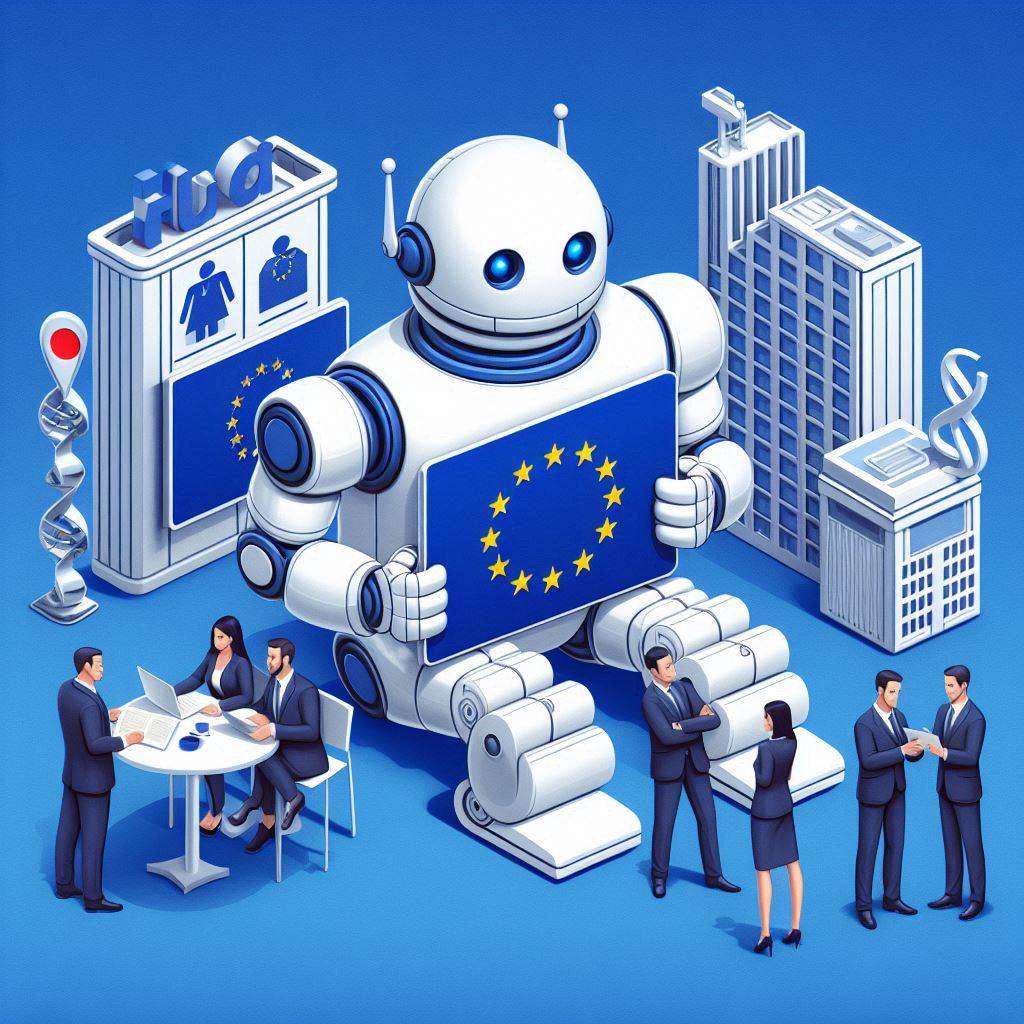In an era where artificial intelligence (AI) is reshaping the business landscape, understanding and managing the risks associated with AI systems has become crucial. Matt McDonald, a senior manager at Wolf and Company, recently shed light on this topic, emphasizing the importance of the NIST AI Risk Management Framework. This framework, released at the beginning of the year, serves as a pivotal tool for companies aiming to navigate the complexities of AI implementation while ensuring sustainability and seizing new opportunities.
The Essence of the NIST AI Risk Management Framework
The National Institute of Standards and Technology (NIST) has developed various frameworks to aid organizations in leveraging technological advancements. The NIST AI Risk Management Framework stands out as a comprehensive resource for designing, developing, deploying, and utilizing AI systems in a risk-effective manner. It ensures that AI systems are trustworthy and responsible, allowing businesses to scale their operations and product offerings confidently.
Key Use Cases of the Framework
- Developing In-House AI Projects: Whether it’s about creating AI services or autonomous robots, the framework guides in-house development, ensuring sustainability and trustworthiness.
- Partnering with AI Providers: It helps businesses evaluate and choose providers who create sustainable and reliable AI models.
- Vendor Management: The framework aids in the due diligence and ongoing monitoring of AI vendors, ensuring that they meet the standards set for AI system development and deployment.
Core Functions of the NIST AI Risk Management Framework
The framework is structured around several core functions that guide the risk management process:
- Governance: This involves inventorying and identifying risks posed by AI systems across the organization’s infrastructure. It provides visibility into risk management principles, setting the stage for effective governance of AI systems.
- Mapping Controls and Risks: Understanding interdependent risks related to AI systems is crucial. This step involves identifying controls around business continuity, infrastructure availability, and software development security.
- Measure and Manage: This is a continuous cycle of controlling, measuring, and managing risks and threats. It involves benchmarking and monitoring risks and managing any identified gaps for continuous improvement.
Key Takeaways for Businesses
- Compliance with Regulatory Requirements: Ensuring that AI implementations align with regulatory standards is paramount.
- Ethical and Responsible AI Practices: Developing AI systems responsibly to uphold organizational and societal values.
- Risk Mitigation and Reputation Management: Using the framework as a roadmap to reduce risks and protect the organization’s reputation.
- Competitive Advantage: Demonstrating a clear, well-understood approach to AI system development can be a significant market differentiator.
- Organizational Culture and Sustainability: Establishing a culture that embraces thoughtful, precise AI implementation for long-term sustainability.
Final Thoughts and Next Steps
For businesses venturing into AI, the NIST AI Risk Management Framework offers a structured approach to managing risks. It’s essential to inventory use cases, understand associated risks, and continuously improve AI systems based on the identified benchmarks. Regular reporting to stakeholders also ensures transparency and builds confidence in AI initiatives.
The NIST AI Risk Management Framework is a strategic tool for businesses venturing into AI. It provides a structured approach to managing risks, including inventorying use cases, understanding associated risks, and continuously improving AI systems based on benchmarks. Regular reporting to stakeholders ensures transparency and builds confidence in AI initiatives. Adaptation to such frameworks not only mitigates risks but also unlocks new horizons for innovation and growth. Read more about the NIST AI Risk Management Framework Here.





